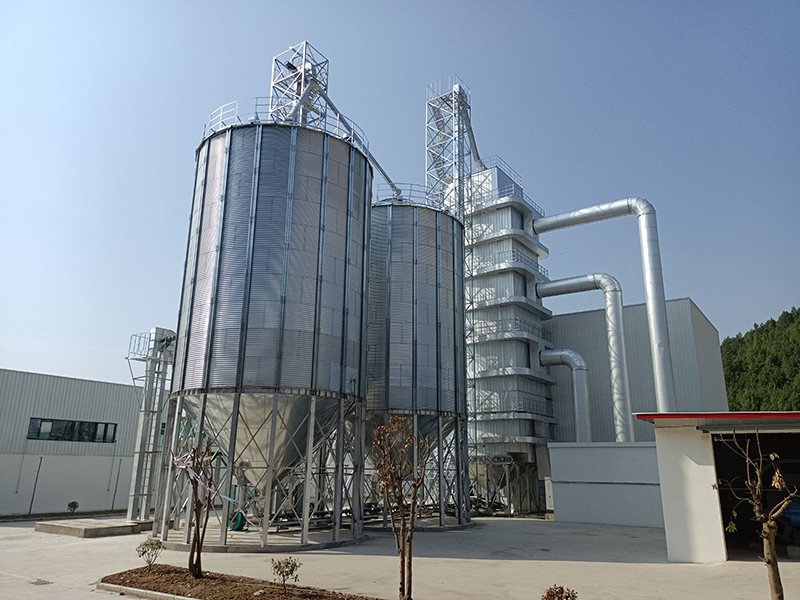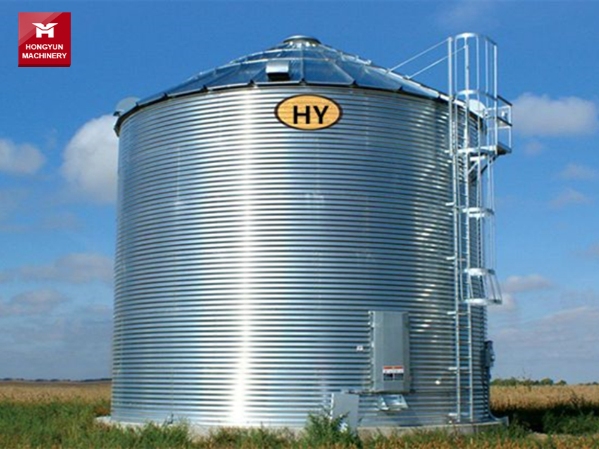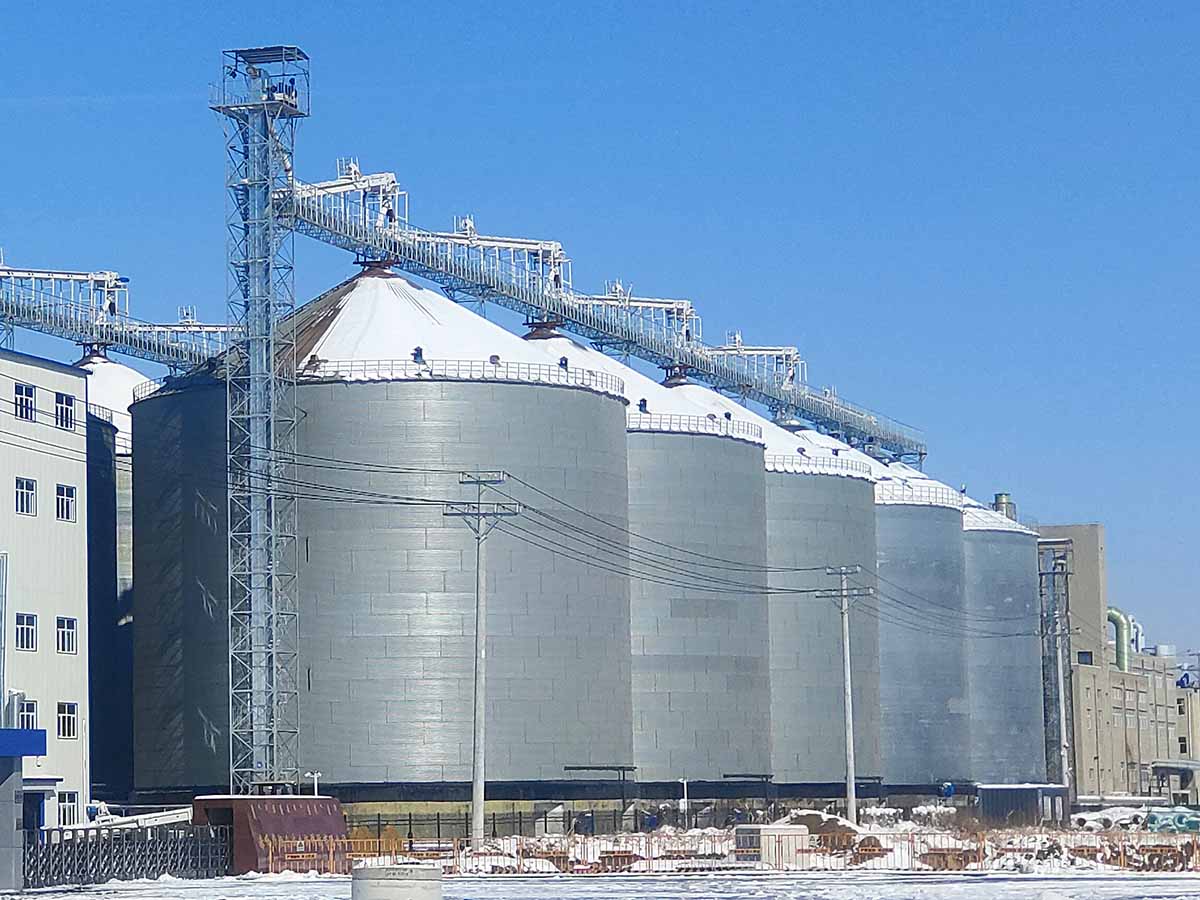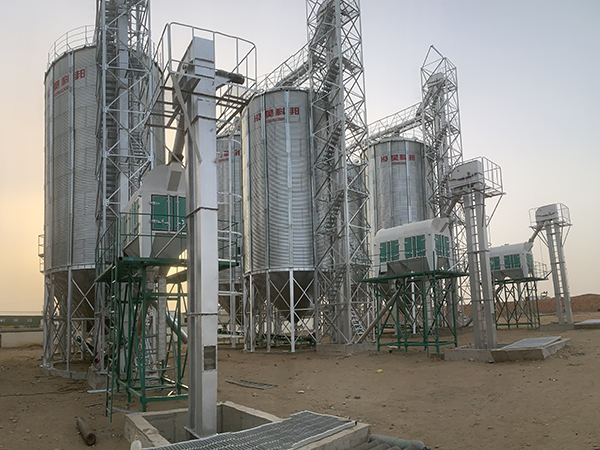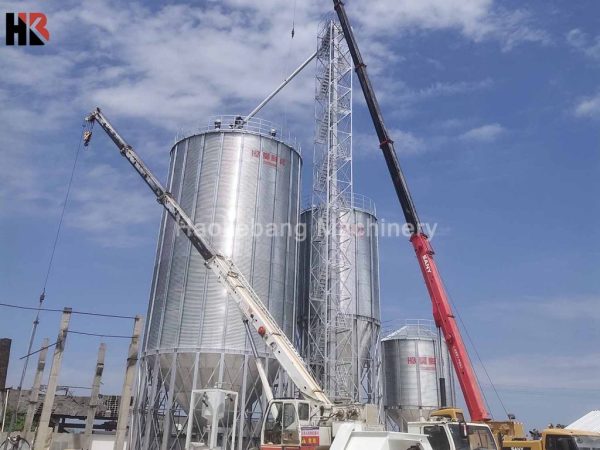How to Choose the Right Hot Galvanized Wheat Storage Silo
The article discusses the applications and structural designs of hot galvanized wheat storage silos, highlighting their suitability for various industries and their corrosion resistance. It compares the advantages and disadvantages of cone-bottom and flat-bottom silos, emphasizing their functionality, cost, and discharge efficiency.
- Analyzing Cone Bottom Silo Franchising: Entrepreneurial Opportunities and Pathways to Success
- Cone Bottom Silo Procurement: A Prudent Choice for Agricultural Storage
- Cone Bottom Silo Wholesale: An Economic Choice for Agricultural Storage
- Cone Bottom Silo Manufacturers: Innovators in the Grain Storage Industry
- Cone Bottom Silo Companies: Providers of Grain Storage Solutions
- Cone Bottom Silo Factories: The Industrial Heart of Grain Storage
- Cone Bottom Silo Supplier: Innovative Partners in Agricultural Storage
- Cone Bottom Silo Sales: Market Dynamics and Strategies
- Cone Bottom Silo Prices: Influencing Factors and Market Considerations
- Flat-Bottomed Silo Franchise: A New Pathway for Agricultural Entrepreneurship
Hot galvanized wheat storage silo have become the storage solution across various industries for their durability and protective performance.
What are the Application Scenarios for Hot galvanized wheat storage silo?
The design and material selection of these silos make them suitable for a wide range of applications, including but not limited to the following:
Agricultural Production and Storage:
On farms and granaries, hot galvanized wheat storage silo are an ideal choice for storing wheat and other grain crops. Their corrosion resistance and moisture-proof performance protect grains from external factors, ensuring grain quality and safety.
Biomass Energy Industry:
In the production and storage of biomass energy such as wood pellets and sawdust, hot galvanized silos provide a sturdy and corrosion-resistant storage environment, helping to keep these materials dry and clean.
Chemical and Plastics Industry:
Hot galvanized wheat storage silo are also suitable for storing chemical raw materials and plastic pellets. Their sealing and durability effectively prevent pollution and loss of chemicals and plastic pellets.
Food Processing and Storage:
In the food processing industry, hot galvanized silos are used for storing products like flour, starch, oil, and feed. The cleanliness and hygiene performance of these silos meet food-grade storage requirements, ensuring food safety.


Structural Design of Hot galvanized wheat storage silo
Hot galvanized wheat storage silo hold an important position in the field of grain storage due to their excellent corrosion resistance and robust structural design. These silos are mainly divided into two types: cone-bottom and flat-bottom, each adapting to different storage needs and site conditions.
Cone-Bottom Steel Silo:
The conical bottom design of cone-bottom steel silos facilitates the flow and unloading of grain. These silos range from 10 tons to 1000 tons in capacity, suitable for small and medium-scale grain storage needs. The conical design helps reduce grain accumulation at the bottom, thus lowering the risk of spoilage from long-term storage.
Flat-Bottom Steel Silo:
Flat-bottom steel silos offer greater storage space and a more stable structure with their flat bottom design. These silos range from 50 tons to 10,000 tons in capacity, ideal for large-scale grain reserves and long-term storage.
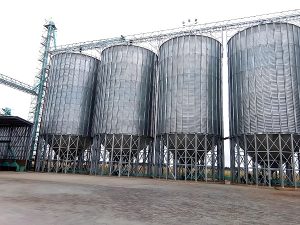

Universal Components of Silos
Both cone-bottom and flat-bottom steel silos include a series of standard components to ensure functionality and safety. These components include:
- Natural Ventilation on Roof: Provides natural air circulation, helping regulate temperature and humidity inside the silo.
- Roof Guardrails: Ensure the safety of personnel during maintenance and inspections on the roof.
- Roof Manhole: Facilitates personnel entry for inspection and maintenance work.
- Ladder to Roof: Provides access for routine maintenance and inspections.
- Silo Doors: Facilitate grain loading and unloading, typically designed for easy opening and closing.
- Door Platform: Offers a stable working platform for operators.
- Internal and External Ladders: Allow personnel to enter the silo for cleaning, inspection, or other maintenance work.


Advantages of Different Structural Designs
In the grain storage sector, the structural design of hot galvanized wheat storage silo significantly impacts their functionality and cost. Here are the respective strengths and weaknesses of cone-bottom and flat-bottom steel silos:
Cone-Bottom Steel Silo:
Advantages: The conical bottom design allows grain to flow out automatically by gravity, greatly improving discharge efficiency and reducing reliance on human resources. The hopper’s angle can be designed as 45° or 60° to accommodate different discharge speeds.
Disadvantages: Cone-bottom steel silos are relatively more expensive due to the additional material and structural reinforcement required for the conical bottom.
Flat-Bottom Steel Silo:
Advantages: Flat-bottom steel silos are favored for their simple structure and lower cost. They can accommodate large quantities of grain, and due to their simplicity, maintenance and repairs are relatively easy. Various discharge methods, such as bottom augers or manual cleaning of residual grain, help reduce operational costs.
Disadvantages: A main disadvantage of flat-bottom silos is the tendency for grain to remain at the bottom. This may require additional tools or manual cleaning to ensure complete unloading, potentially increasing operational costs and time.

